Description
Bumblebee bats For Sale
The bumblebee bat (Craseonycteris phaeotis), also known as Kitti’s hog-nosed bat, is one of the world’s smallest bat species and is notable for its unique characteristics. Here are some key points about the bumblebee bat:
Physical Characteristics:
- Size: The bumblebee bat is incredibly small, weighing only about 2 grams (0.07 ounces) and with a wingspan of around 13 to 15 cm (5.1 to 5.9 inches). Its body length ranges from 3 to 4 cm (1.2 to 1.6 inches).
- Appearance: The bat has a distinctive appearance, characterized by its short snout and large ears. Its fur is typically a brown or grayish color.
Habitat:
- The bumblebee bat is primarily found in parts of Southeast Asia, particularly in Thailand, Myanmar, and parts of surrounding countries. It inhabits limestone caves, where it roosts in colonies.
Behavior:
- Nocturnal: Like most bats, the bumblebee bat is nocturnal, foraging for food at night. It primarily uses echolocation to navigate and find insects to eat.
- Diet: Its diet mainly consists of small insects, which it catches in flight.
Reproduction:
- Reproductive habits of the bumblebee bat are not extensively studied. However, they are known to give birth to a single pup after a gestation period of about 2 to 3 months.
Conservation Status:
- The bumblebee bat is classified as “Critically Endangered” by the International Union for Conservation of Nature (IUCN). Their populations are threatened by habitat destruction, particularly due to limestone quarrying, as well as disturbances in their roosting caves.
Unique Features:
- The bumblebee bat is notable not only for its size but also for its adaptations that allow it to thrive in its specific ecological niche. It is often called “Kitti’s hog-nosed bat” due to its pig-like snout.
Importance:
- As a part of the ecosystem, bumblebee bats play an important role in insect control, helping to maintain the balance of their environment.
The bumblebee bat is a remarkable example of adaptation and survival, and efforts are ongoing to protect its habitat and ensure the survival of this tiny species.


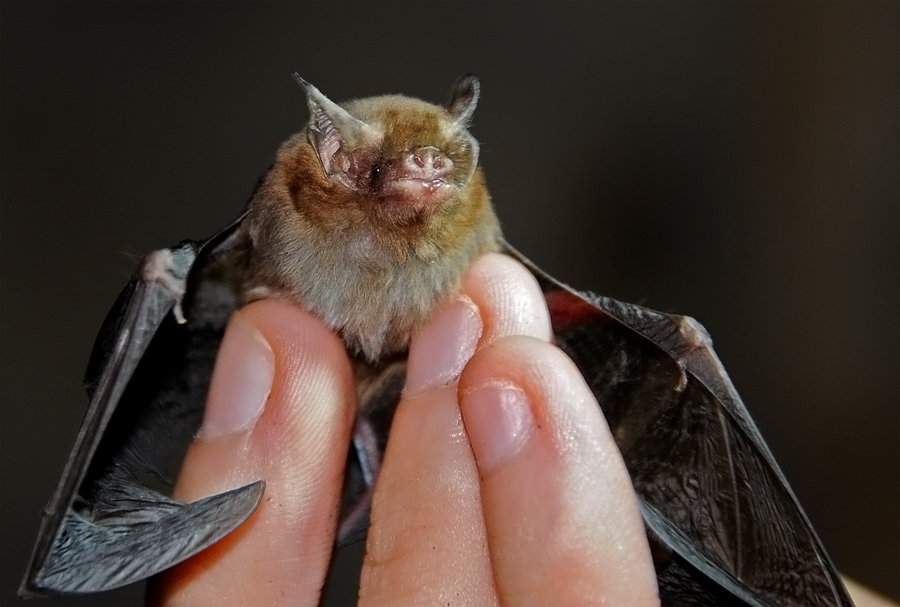


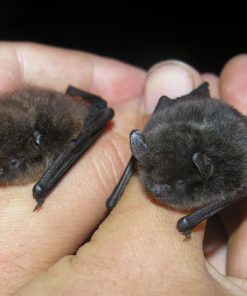

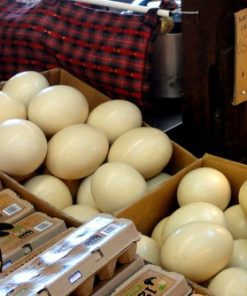
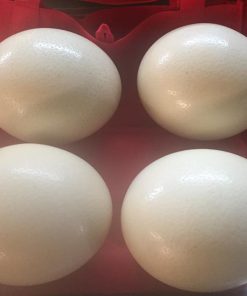

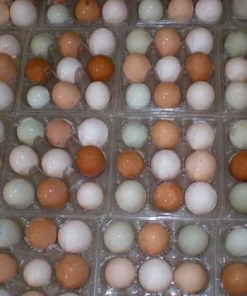

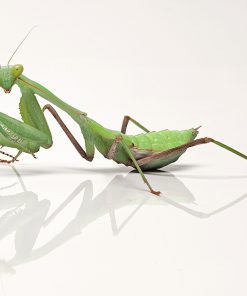


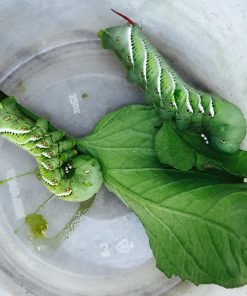
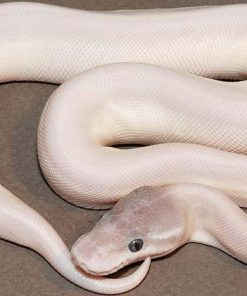
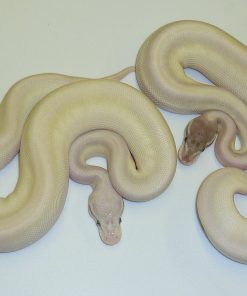
Reviews
Clear filtersThere are no reviews yet.